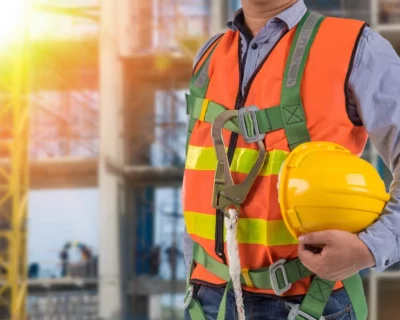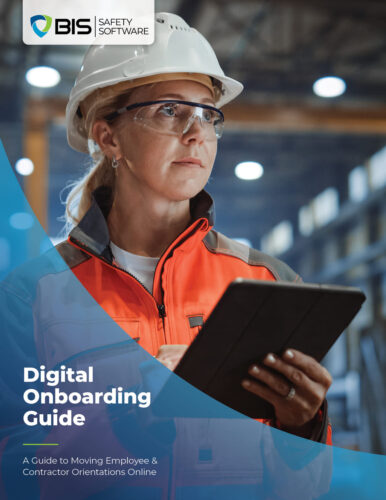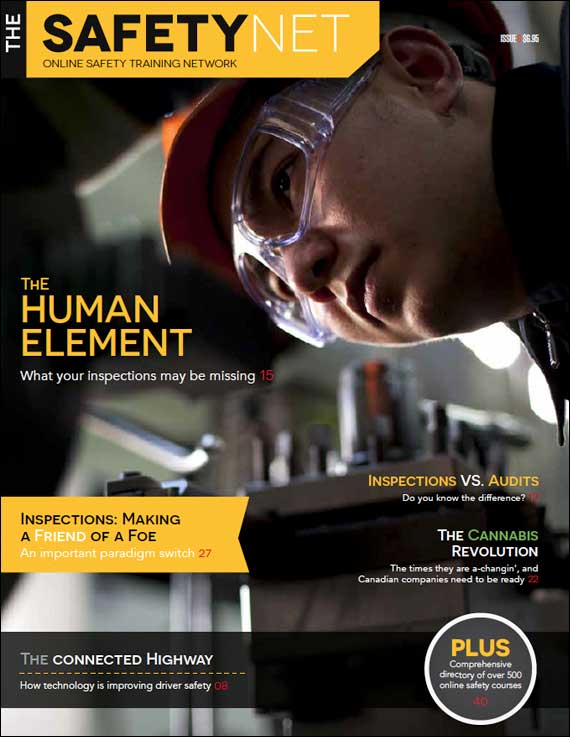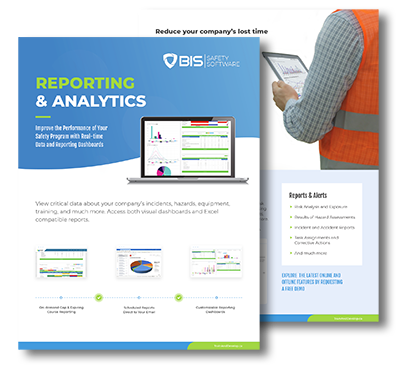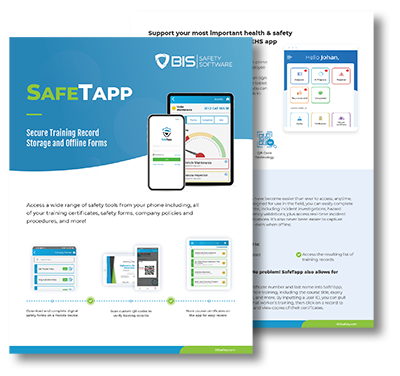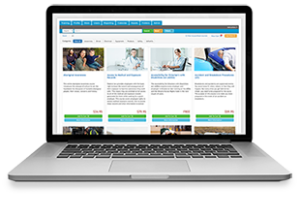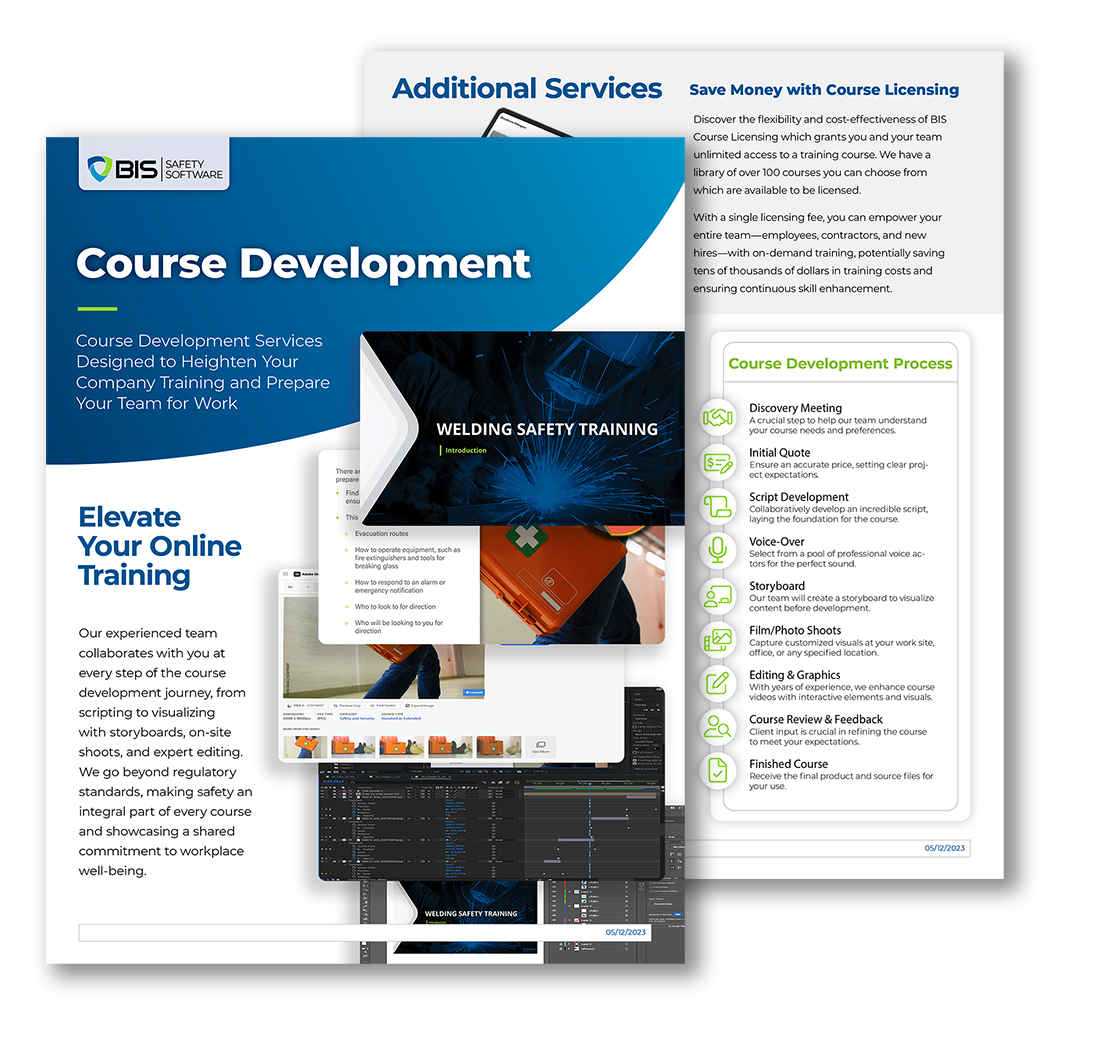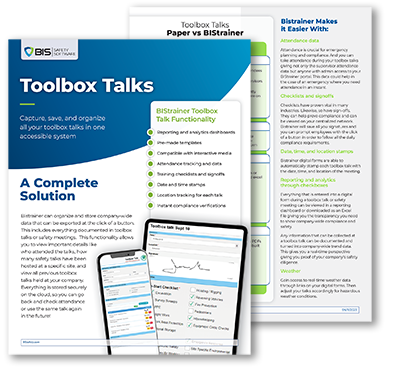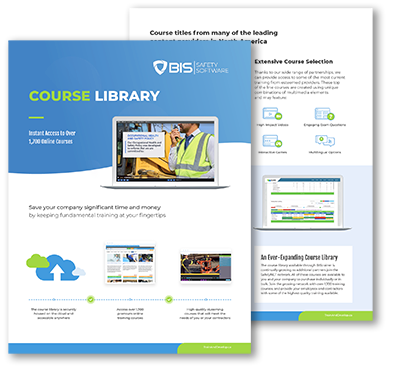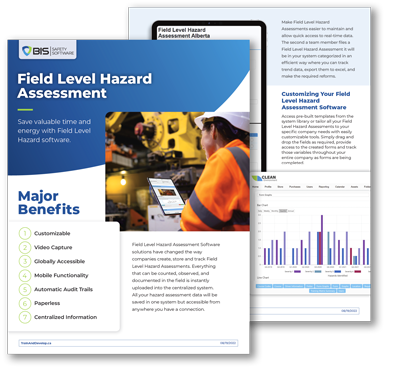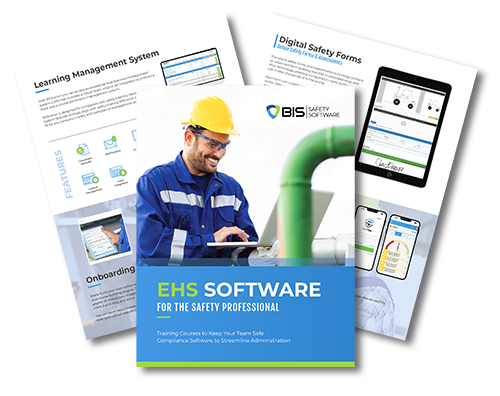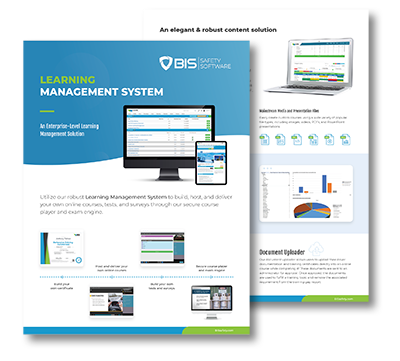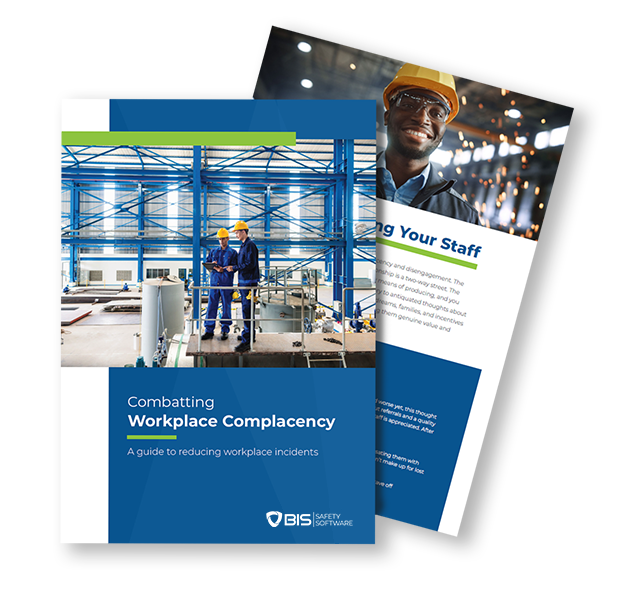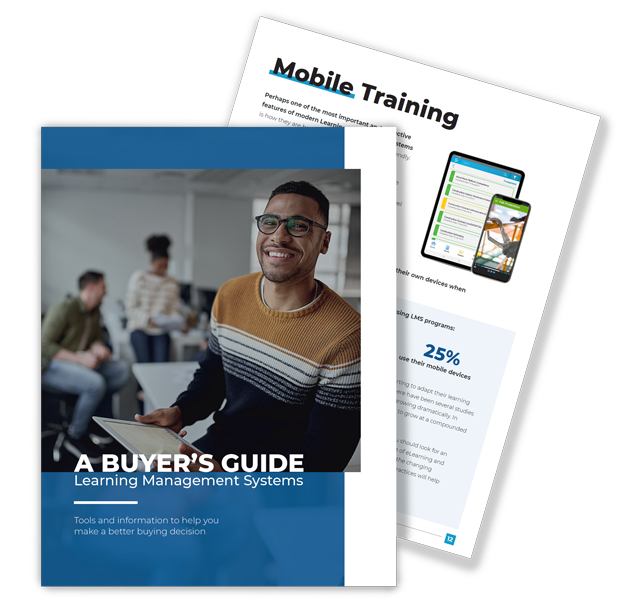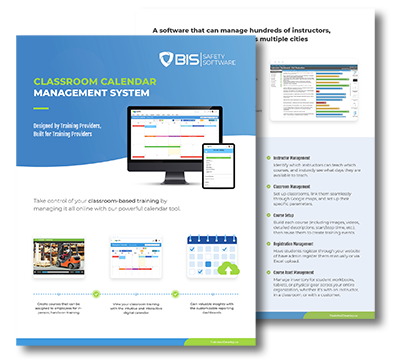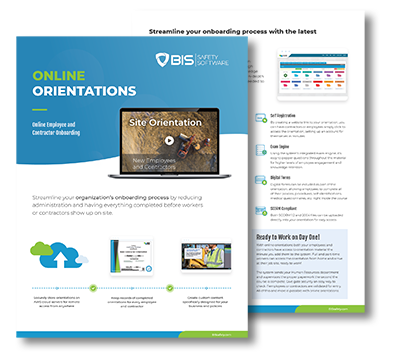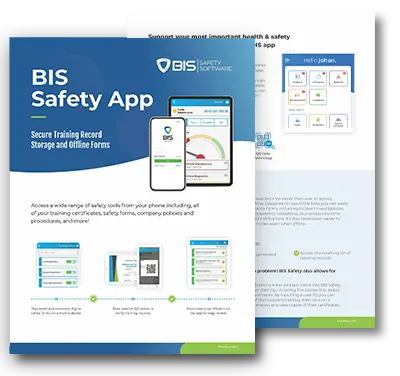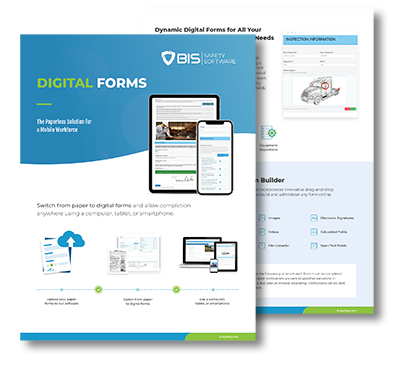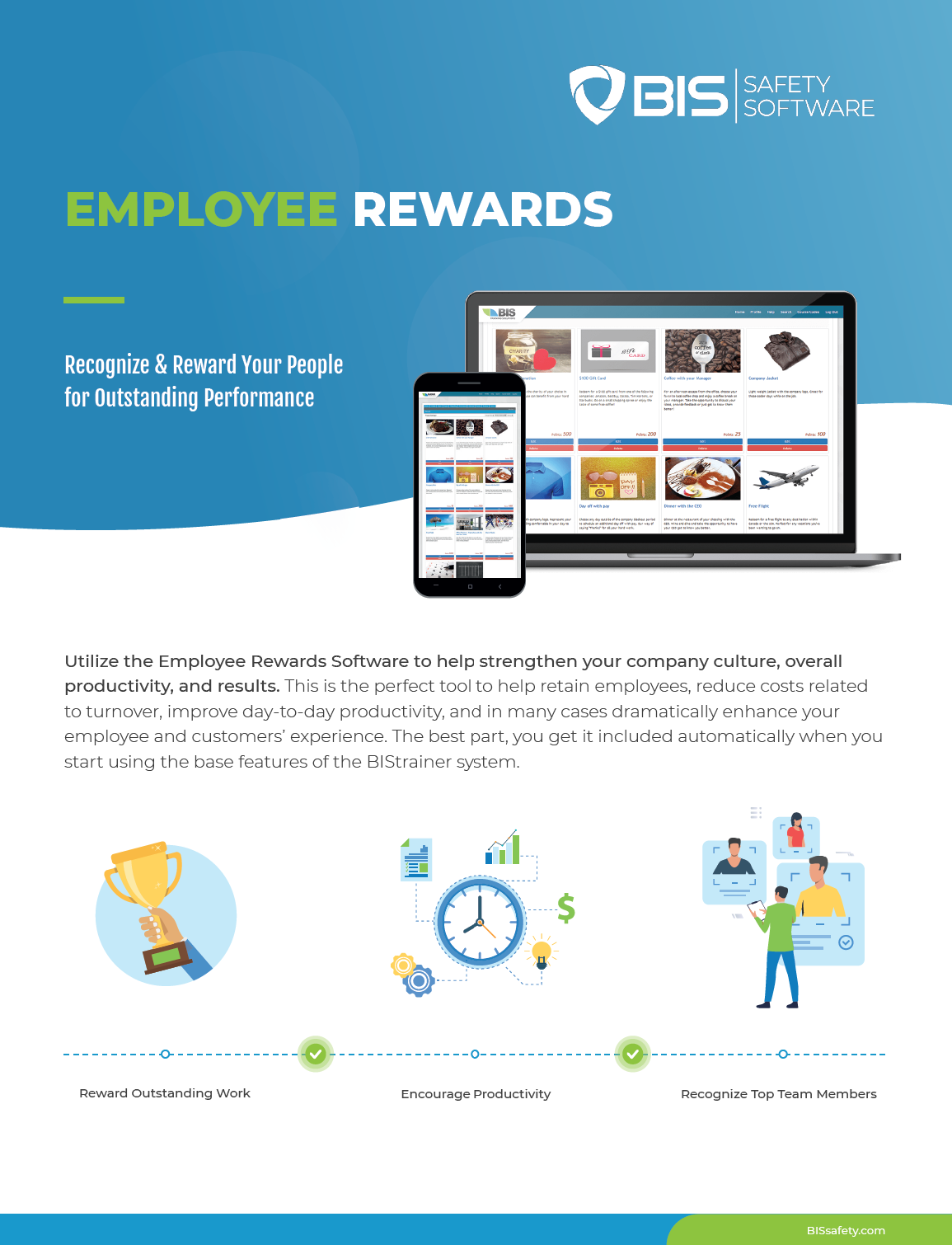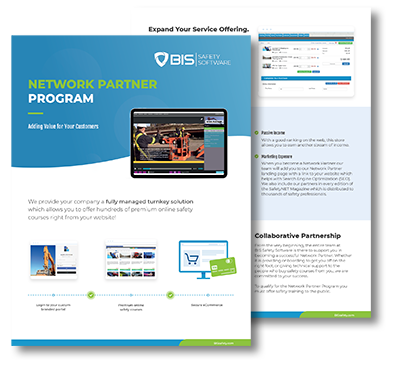
Winter Safety at Work: Prevent Slips, Trips, and Falls Before They Happen
When people think about workplace falls, they often picture ladders and scaffolds. Those hazards matter but most incidents happen on the ground. Same-level slips, trips, and falls account for the majority of fall injuries, especially once winter weather arrives. A small patch of ice, a wet entrance mat, or an uneven walkway can sideline a worker for weeks. Preparing now, before the first cold snap reduces injuries and downtime.
What drives winter slips, trips, and falls
- Ice on sidewalks, loading docks, stairs, and parking lots.
- Meltwater tracked indoors, creating slick entryways and hallways.
- Hidden surface defects from freeze, thaw cycles (cracks, heaves, gaps).
- Shorter days and poor lighting that hide hazards and reduce depth perception.
How to get ahead of winter STFL
Awareness comes first. Frontline employees notice hazards others miss, build inspections into the daily routine and empower crews to report and correct issues quickly. Supervisors should add frequent “fresh-eye” walk-throughs to validate controls and spot trends.
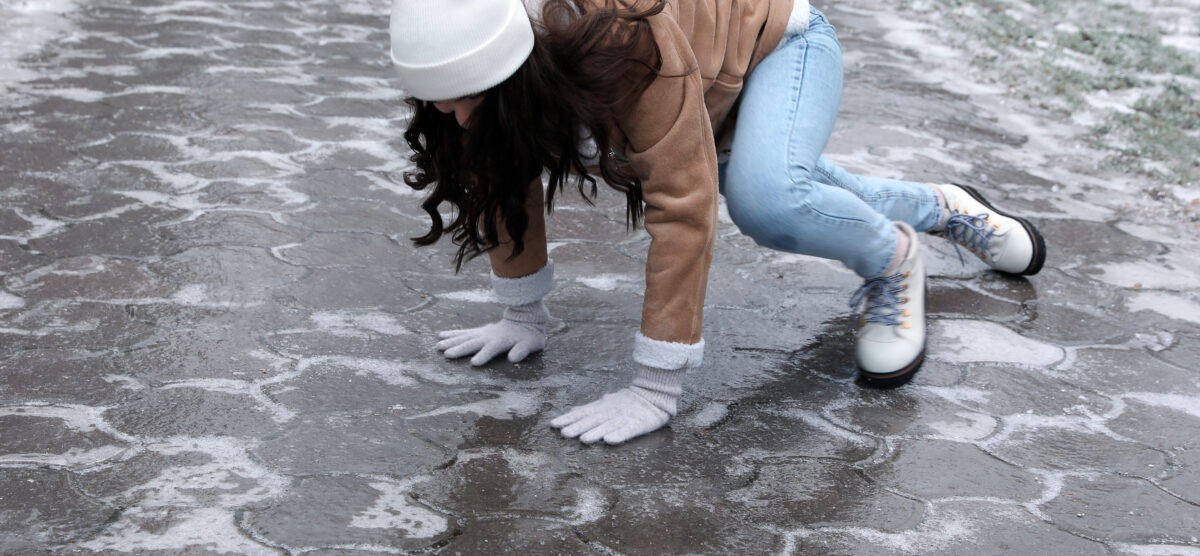
Practical controls to implement
- Improve traction: Stock and apply ice melt at entrances, stairs, and high-traffic paths; stage spreaders and shovels for quick access.
- Control moisture indoors: Place scraper and absorbent mats at doors; swap saturated mats promptly; increase mopping during storms.
- Light the way: Upgrade exterior and stairwell lighting, replace burnt bulbs, and add motion lighting where feasible.
- Maintain walking surfaces: Patch potholes and raised edges; use temporary covers or cones until permanent repairs are done.
Using the hierarchy of controls
- Eliminate: Reschedule nonessential outdoor tasks during severe conditions or reroute foot traffic away from problem areas.
- Substitute: Use alternate entrances with canopy coverage or heated mats where possible.
- Engineering: Install canopy drip guards, handrails, anti-slip treads, and heated walkways in high-risk zones.
- Administrative: Increase inspection frequency, define mat-change schedules, and post “wet floor” or “icy surface” signage.
- PPE: Issue slip-resistant footwear or traction aids appropriate to the surface and conditions.
Field crews and mobile workers
Teams traveling between sites face persistent ice, slush, and low light. Provide brief hazard assessments at each stop, encourage shorter steps with feet slightly outward on ice, and require traction devices when conditions warrant. Reinforce three points of contact when entering/exiting vehicles and clearing snow from steps.

Stay ready all season
Proactive inspection, timely maintenance, and consistent controls keep people upright and work moving. Winter doesn’t have to mean more injuries, plan now so your teams can move with confidence.
Reduce winter incidents with our Slips, Trips, and Falls Prevention course. Build practical skills in hazard spotting, control selection, and response so every step is a safe one.




